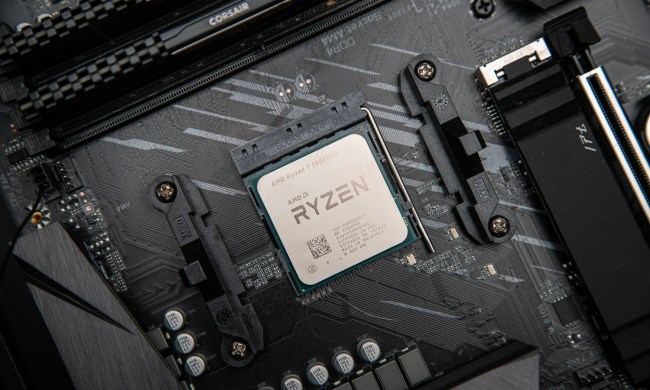
Thanks to advances in 3D printing, it’s possible to use additive manufacturing to print just about anything these days — houses included. But can you produce these houses in a way that results in energy-efficient properties, can be done at a low cost, and uses locally available resources? Because if you can’t, it’s going to remain all but impossible to utilize 3D printing to help solve the massive shortage of housing that exists, for a variety of reasons, around the world.
Fortunately, that is something that scientists from Estonia’s University of Tartu and the Estonian University of Life Sciences have been working on — and they created a promising solution in the form of a 3D-printable concrete-style material that is created from milled peat, oil shale ash, and silica nanoparticles. The results could reduce the construction cost of private houses by around 10 times.
“Peat has excellent antibacterial and thermal properties, and is inexpensive and widely available in many regions in the world,” Jüri Liiv, a Ph.D. researcher with the Estonian Peat Research Center, told Digital Trends. “[However, it has not been] used as a component of concrete-organic materials because of its properties retarding the concrete hardening. Humates present in peat prevent the forming [of] the silicate composite structure and react with pozzolanic minerals, thus preventing forming [a] mechanically durable material. During our last project, the issue was successfully solved, and now we are able to form a durable peat-based composite with very high thermal and mechanical properties.”
The composite material the team has developed is both strong and possesses good thermal conductivity. Despite the fact that peat is used as fuel, the material is also (crucially) not combustible. It hardens within one day of being printed, although it remains elastic for longer than this — making it possible to close any air gaps.
According to the team’s estimates, a house shell with a surface area of up to 490 square-feet could be printed for around $5,850. Unfortunately, Liiv noted that there was insufficient funding for the team to print a full-sized test house. Instead, they have been limited to wall segments as a proof of concept. Liiv hopes that there will be access to a full-size 3D printer this fall, which will give the researchers the chance to finally create their proposed test house.
A paper describing the project was recently published in the journal Sustainable Materials and Technologies.


